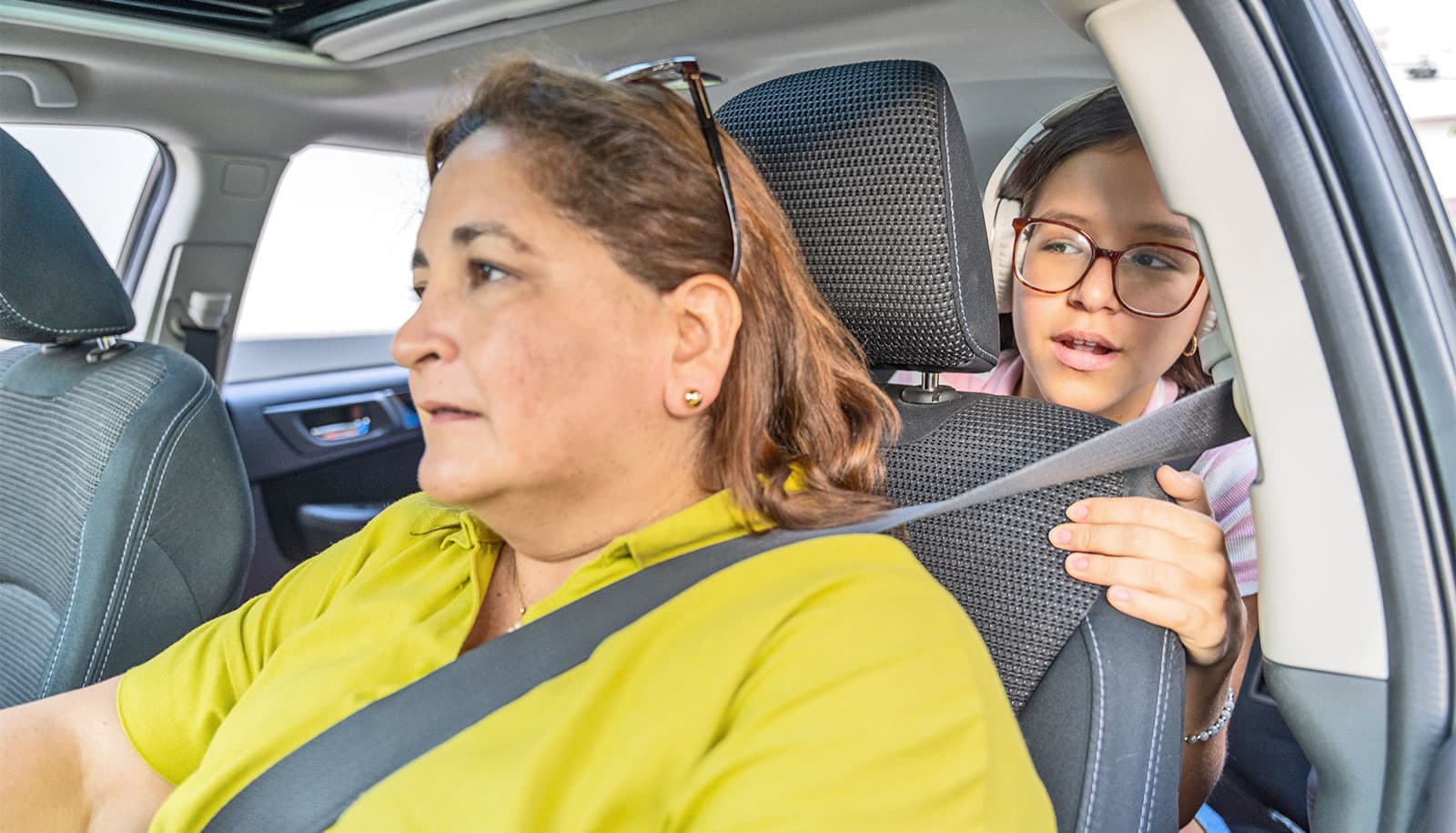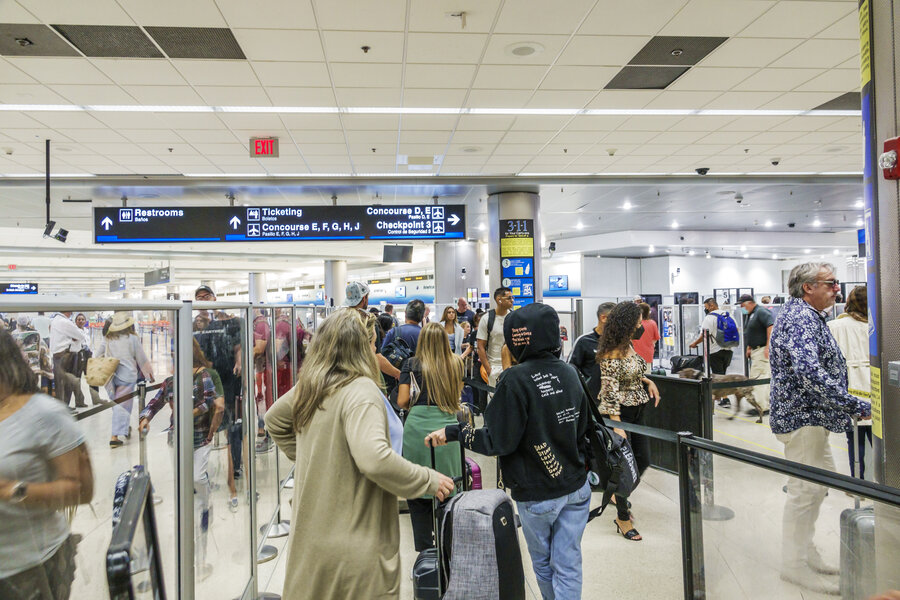Travel
‘Caregiving travel’ may boost stress for women but not men

Caregiving travel, such as taking a child to school or a parent to the doctor, can be associated with stress and decreased happiness among women but not men, according to a new study.
The imbalance, the researchers say, is a reflection of how society—and transportation services and infrastructure—has historically valued travel for jobs more than travel for “mobility of care.”
The study offers recommendations for public transportation planners to help close the gap. It is believed to be the first quantitative analysis of how caregiving travel affects well-being, and it builds on recent research showing that women tend to do this type of domestic labor more often than men.
The researchers analyzed data from the US Department of Labor’s 2021 American Time Use Survey to explore the relationships between self-reported daily activities and levels of happiness, stress, and sense of meaning.
They found that regardless of women’s employment status or that of a male partner, women were roughly 60% more likely than men to engage in caregiving travel on a typical weekday. The probability for women was 23%, compared with 14% for men. And during those trips, only women reported increases in stress and decreases in their happiness and sense of meaning, compared with levels of those feelings during leisure activities.
Time pressure could be the culprit, the researchers say, given that women were often juggling family and job responsibilities. Specifically, the findings showed that, in the sample, full-time employed men who performed caregiving travel spent more time on work than equivalently employed women. They were able to do this by spending less time on caregiving itself, as well as on household shopping and maintenance.
“Men who work full time have a lower probability of providing caregiving travel on weekdays compared to men who are not employed. Further, men whose female partners work tend to have a higher probability of performing caregiving travel compared with unpartnered men. For women, neither of these trends apply,” says senior author Atiyya Shaw, assistant professor of civil and environmental engineering at the University of Michigan.
The study notes that the analysis does not distinguish between same- and different-sex partners and cannot assess the relationship between caregiving travel and well-being across the full spectrum of gender identities and family types.
The researchers underscore the role transportation planning has played in causing this disparity, and also how improvements to it can reduce it.
“Transportation engineers are increasingly recognizing how culture, social norms, and values influenced the design of our transportation systems, and in turn, people’s lives,” says Amy Fong, a doctoral student of civil and environmental engineering and the study’s first author.
US transportation systems were primarily designed for daily commutes, reflecting the greater societal value placed on income-generating activities over unpaid domestic labor.
“These findings are a great example of how much work there is left to do when it comes to understanding the impacts of our existing transportation infrastructure systems on all of our lives,” Shaw says.
Shaw and Fong’s recommendations include:
- Local government entities should ensure that alternative walking, biking, and transit options for care recipients who typically rely on being escorted are safe and accessible.
- The federal government can coordinate funding across agencies to improve transportation services for people with disabilities, older adults, and low-income individuals.
- State departments of transportation can prioritize projects facilitating independent travel for older adults and people with disabilities.
- Local governments and school districts can partner with programs that promote the independent mobility of children, like Safe Routes to School.
- Researchers conducting travel surveys should distinguish mobility of care trips from leisure, shopping, and social trips in order to understand the specific impact of mobility of care on quality of life.
The research appears in Transportation Research Part D: Transport and Environment.
The Center for Understanding Future Travel Behavior and Demand, a National University Transportation Center sponsored by the US Department of Transportation supported the work.
Source: Patricia DeLacey for University of Michigan










